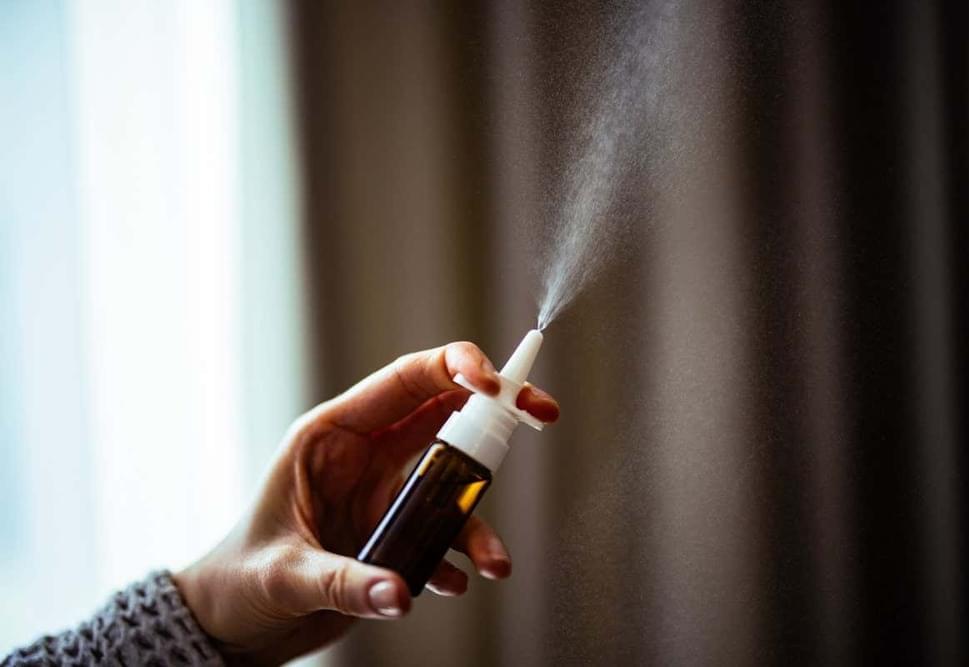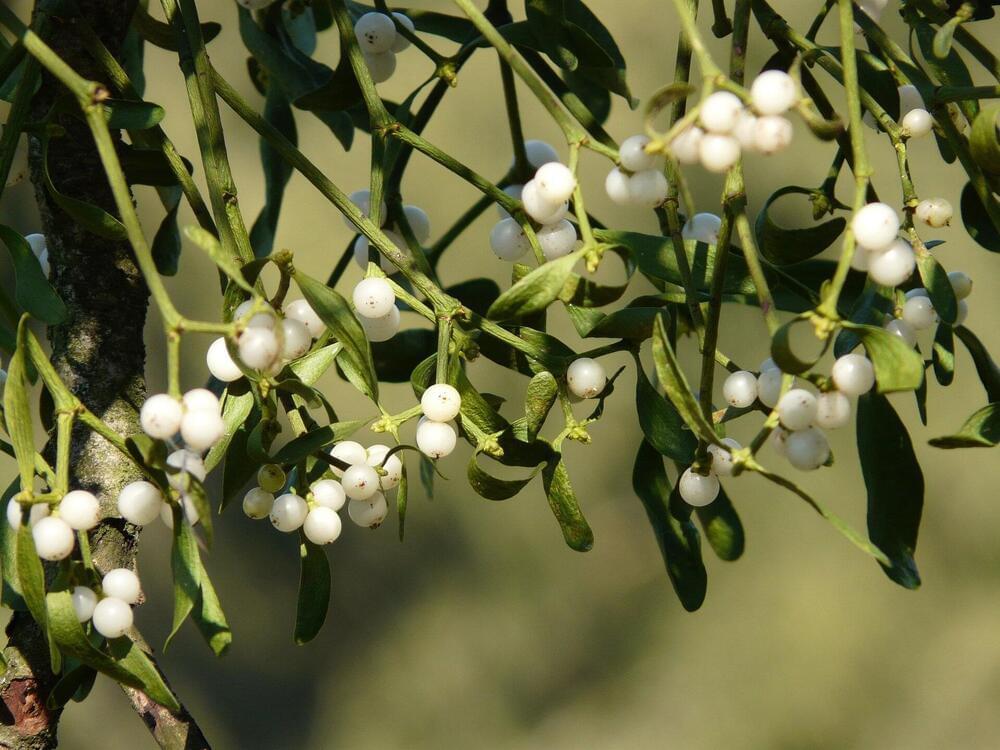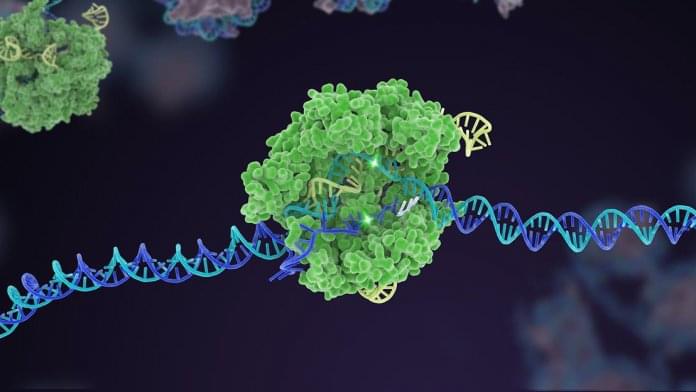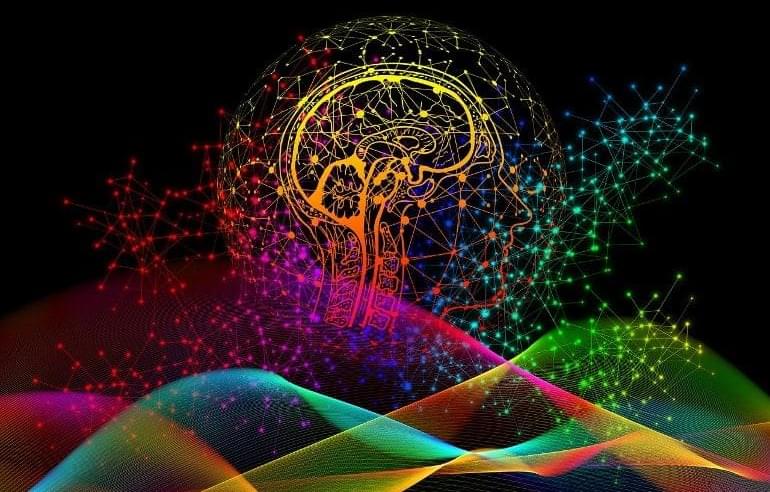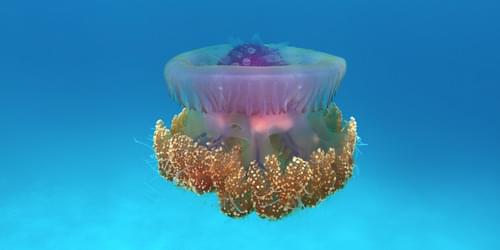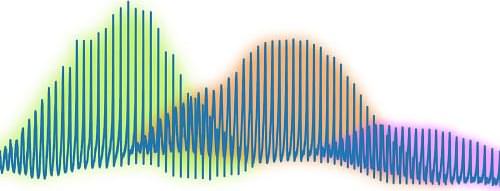Jan 25, 2023
Spraying drugs up the nose may help heal the brain after a stroke
Posted by Raphael Ramos in categories: biotech/medical, neuroscience
I guess we will have more medicine delivered through the nose in the future.
Antibody molecules sprayed into the noses of rats have led to the repair of stroke-like damage in the brain, and it may be because the drugs travelled through nerve cells for smell.
